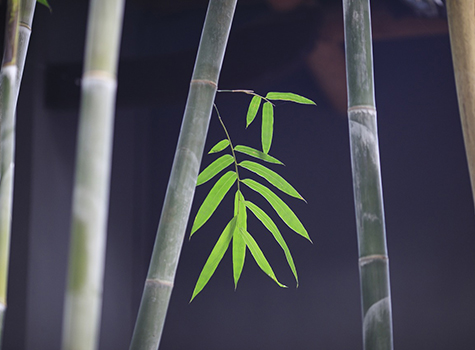I receive calls from new teachers on a regular basis, asking for a little guidance. Many classical dance teachers are new to the country. They have either completed their arangetram (dance graduation) prior to coming to the USA or they have taught professionally in India and moved here. In any case, the methodology of teaching in India versus US is quite different.
I thought I will share some personal thoughts on this subject and let teachers and students ponder on these ideas. As many of you are aware, in India, students of dance have exposure to Indian mythological stories by being immersed in the culture. To teach the new IT generation in India, media is promoting stories through newspapers, magazines, Internet sites, and television series. Students who are born here in the US do not have that exposure. Parents become the channels of cultural learning. If they do not get that exposure, it makes it difficult for students to comprehend the nuances of Indian classical dance forms.
In a multicultural setting where contemporary educational strategies are implemented, we have to come up with a different mindset to teach these classical dance forms. Most of the time, in India the teacher teaches and the student imitates. But in the USA we have a great opportunity to actually teach the stories from epics and literature to the second generation. So make it more educational and conversational between the teacher and student.
Most Indian classical dance teachers want their students to experience the same level of knowledge and access to dance as they experienced when they learnt the dance back in India. When teaching students who are born here, teachers often have to adapt and repackage what they teach in ways that are meaningful for their students.
So I just decided to list few simple tips:
Tip 1:
As you know, many young students have their cool posture of drooping shoulders. In order for students to develop good balance, we must first teach correct posture and placement right from the beginning of training. Especially in the early years, the first lessons are important because you are building a sense of rhythm along with technique. It takes many years of training to develop the strength in the legs and the back needed to balance their posture equally on both legs. Start early on the posture. Don’t wait until they learn a lot of fundamental techniques.
Tip 2:
To test for the correct balance on one foot, have students hold onto the barre (if you have one) or make them stand closer to a wall for support. Then ask them to stand straight while slightly bending the knees. Next, tell them to raise one foot about 12 inches off the floor and take their hand off the barre. Dancers whose weight is over the supporting leg will be able to maintain the pose. Repeat this test on both sides. This will allow them to feel their body balance their weight.
Drilling the basics by doing the first few steps of any classical dance each class is extremely beneficial for posture and stamina. Repetition is good for muscle memory as well.
Tip 3:
Keep them safe from injuries. Many students are involved in sports such as soccer, track, and tennis. On a regular basis, I have students coming to classes with sprained ankles, hurt knees, painful elbows, and so on. When students are younger, their injuries heal faster. Their injuries will show up more as they get older. As you may not have time to stretch in class, please ask your older students to spend at least five minutes to warm up and stretch before they come to your class. Other tip for teachers is to start with a slower dance as a warm up.
Tip 4:
All classical dances require for the feet to sound clear while they beat the steps. Working on the balls of the feet is key for clear sounds. Teaching students to separate their sounds at an early age is important for developing techniques, making sure they are not using the front of their feet to dance. The weight should be distributed equally on their feet. Body alignment is important as well, especially if they are squatting.
Tip 5:
In Guru Kula or traditional dance schools, teachers always started with Prana Yama’s or breathing exercises to release tension, stress and increase focus. As you enter the dance classes, notice your own breath to help you become centered. Draw your students’ attention to their breath to help them become present in body, mind, and spirit. Remind them that movement rides on breath and that breathing is not just about the lungs. It takes place on a cellular level as oxygen travels through the cardiovascular system.
In spite of Bollywood fantasy, many still want their children to learn these ancient sciences of dancing to better their children’s understanding of culture, improve self image and develop incredible stamina to perform (and of course college applications).
As the demand for classical dance training continues in full swing, take your time and make it a lifelong gift to the students. Any classical dance form takes years of dedication and hard work. Precision of technique and posture is most critical for classical dance forms.
Many students struggle with the forms and postures for years. Only practice and repetitions will enable them to master them. Thanks for what you do as classical dance teachers.
Posted: Monday, February 27, 2017



